d. 11¾" 30cm, h. 8½" 22cm, 981g (left) / 1062g (right). Not obviously made to either imperial or metric measurements.
I believe these to have been free-blown, with the shape checked against a profile, other than the small berm at the base of the nipple, where the glass seems to have been blown through a flat metal or wooden ring with a ¼" / 8mm slope on the inside. The glass has minor blemishes â a few small bubbles and stones. The base was coarsely ground flat, and you can detect the direction of rotation of the grinding table by the tiny chips on the down side.
Why the nipple and berm at its base? The nipple fits neatly over the end of a broom handle stake, thus providing a method of suspension providing ventilation for a cloche during the heat of the day while still protecting tender plants from the worst of the wind and rain. Alternatively the berm is an obvious location for a metal ring fitted with a handle or hanging loop above and three rim supports below. The only damage is one ¼" / 8mm chip to the rim of 1062g which, while not positive evidence for such metalwork, could have been the outcome of a carelessly fitted rim support â see:
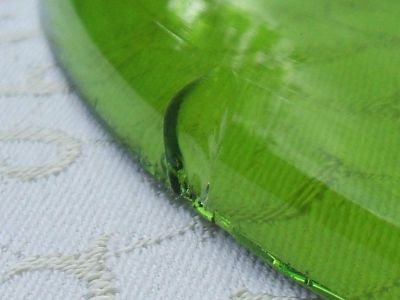

So what are they? Cloches or smoke bells? I decided to test them as cloches. Having just built a raised alpine and herb bed, I decided to plant it with courgettes and quick salad crops while it settles down before planting it properly next year. I had four locations for my courgettes along the bed, and decided to use the cloches on the middle two. On June 10 I sowed the seed and placed the cloches in position. Subsequently I discovered that you are supposed to place the cloches in position two or three days before sowing seed to pre-warm the soil, but I didn't do that. Here are the results on June 25:

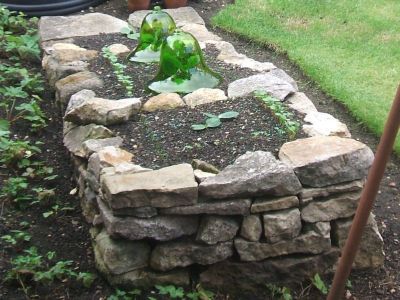
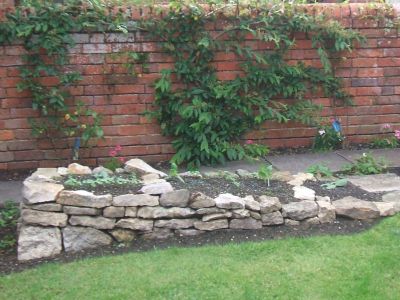
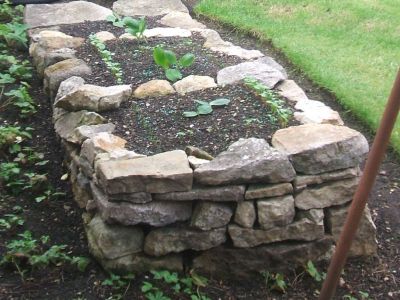
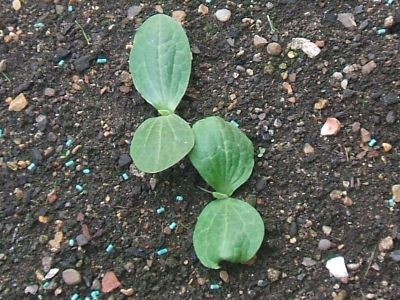
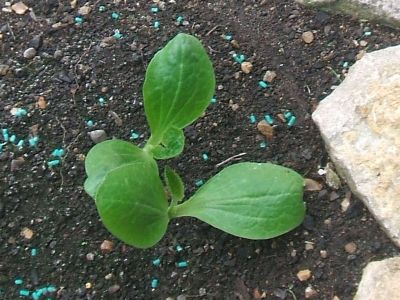
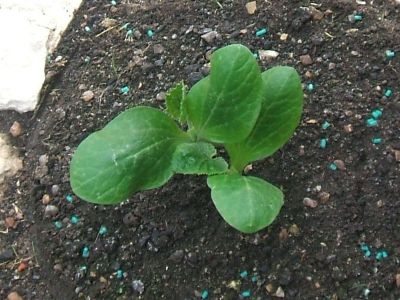
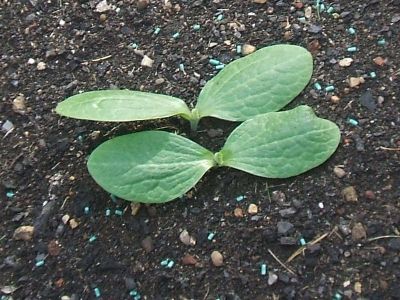
As you can see, the two with cloches were about a leaf ahead of the two without, that is about two to three days ahead. So they work as seedling cloches. Later that day I cut away the weaker of each pair of seedlings, applied a thick mulch of compost, and permanently removed the cloches as I was worried about the leaves coming into contact with condensation on the inside of the glass. They continue to grow well â the two in the middle are still noticeably ahead of the other two.
So what are they? Has anyone seen rim-mounted bell cloches or smoke bells? Has anyone seen green bell cloches or smoke bells? Any ideas on date, manufacturer or even country of origin?
Thanks for your interest,
Bernard C.

ps â I will report back on flowering and fruiting dates.